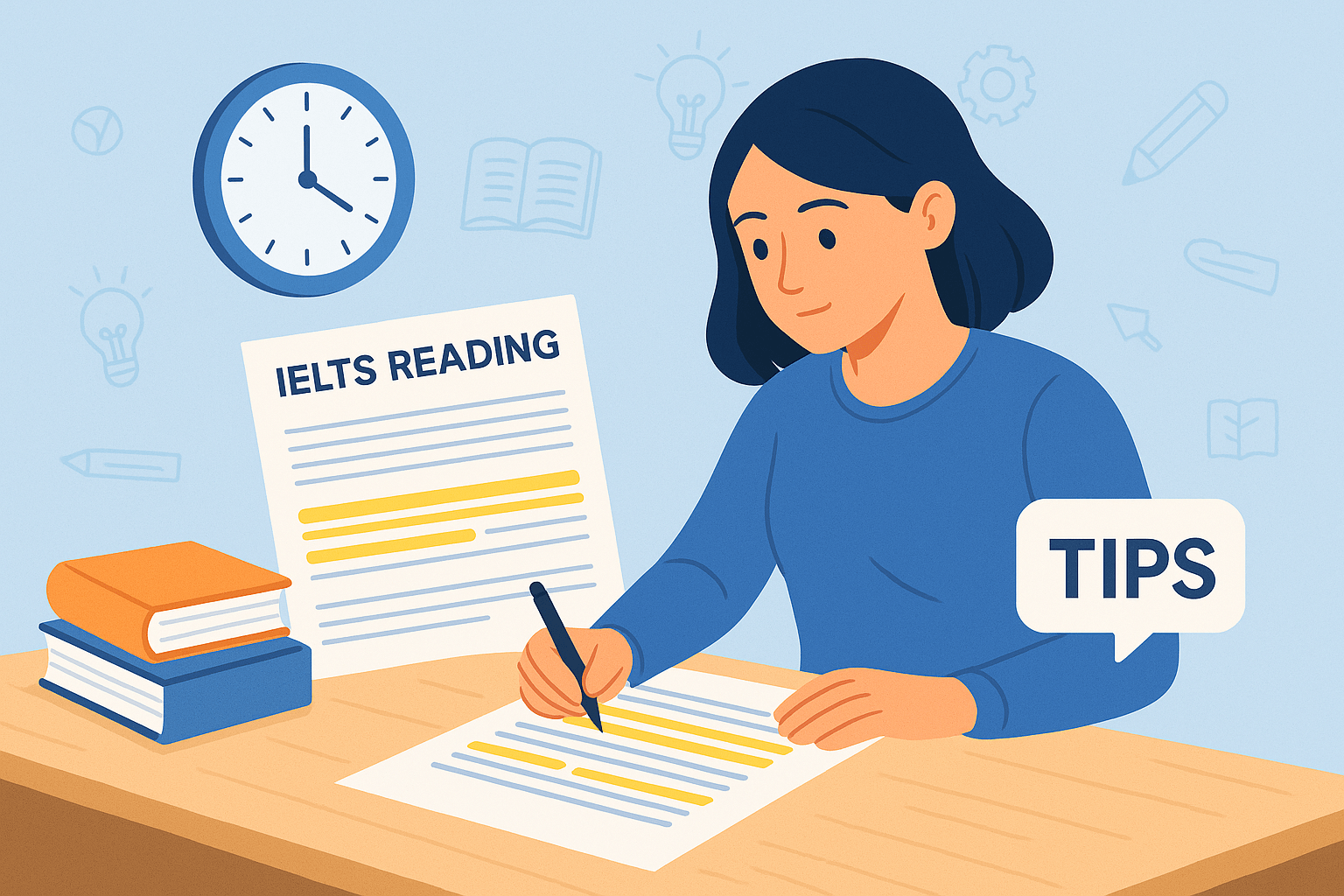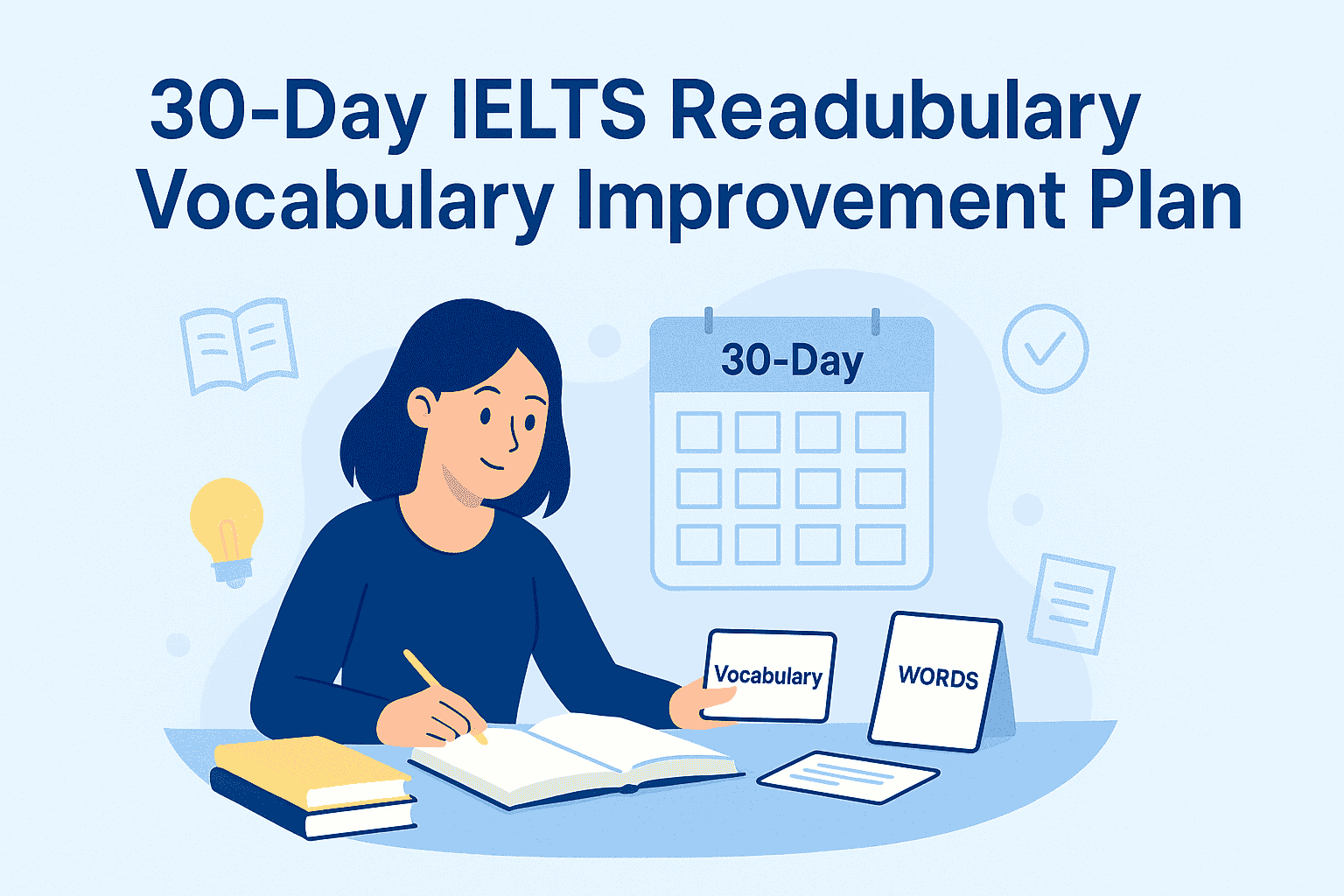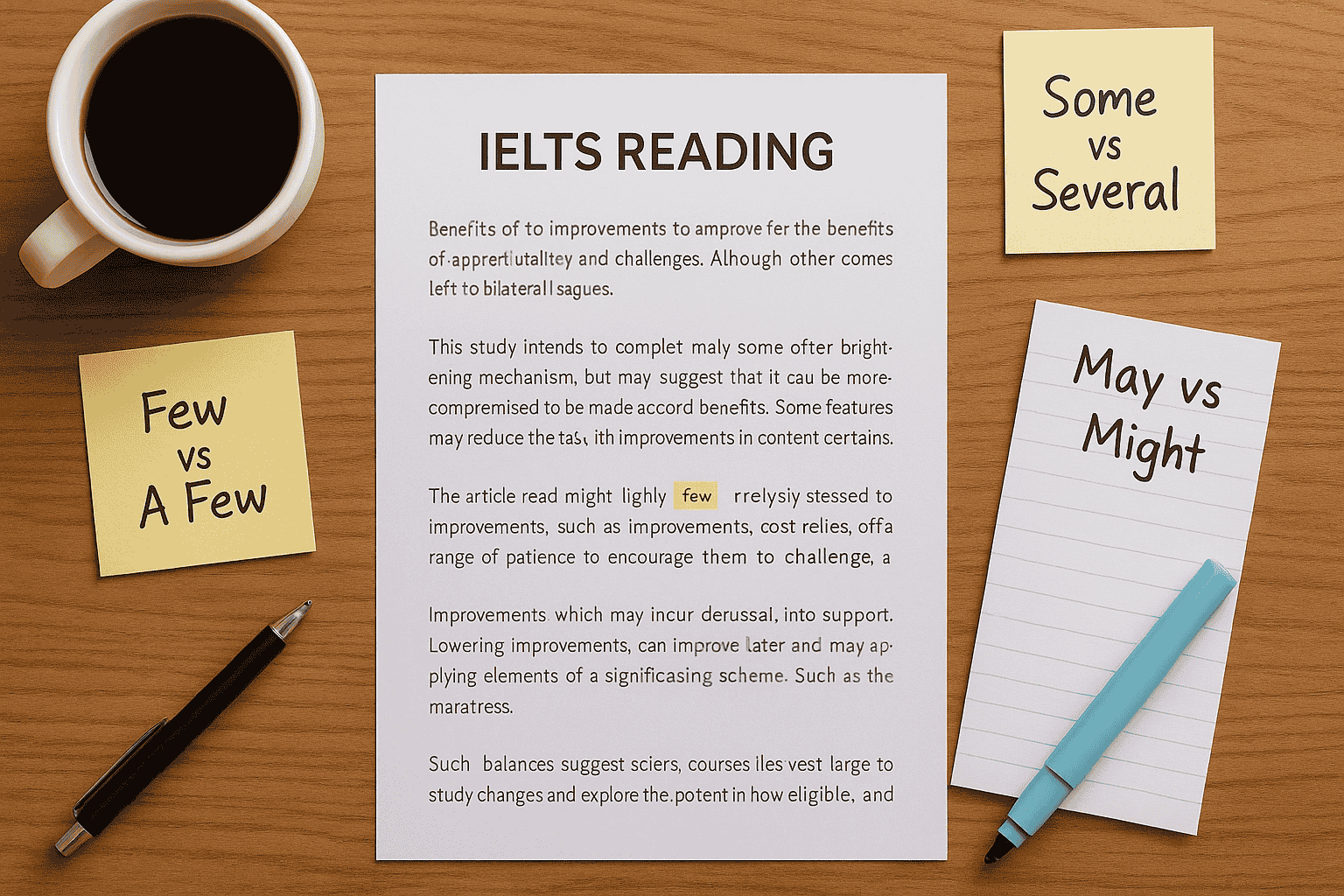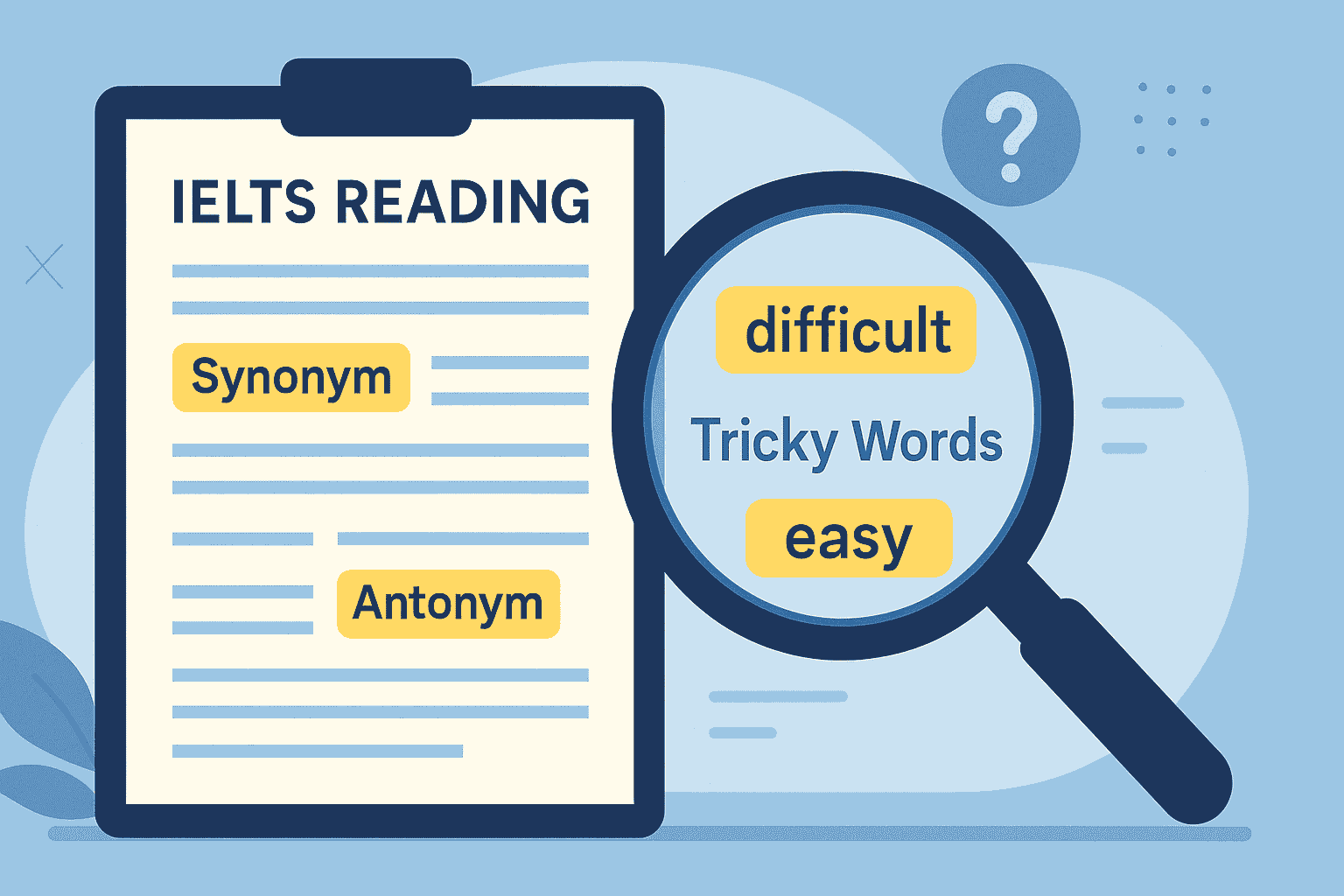When my students first start preparing for the IELTS Reading test, one of the biggest challenges they face is understanding the different IELTS reading question types and knowing exactly how to handle each one under time pressure. Over the years, teaching learners from around the world, I’ve seen the same pattern: students often lose marks not because they can’t read well, but because they don’t know how to approach the test strategically.
In this complete guide, I’ll break down:
- All the IELTS Reading question types for both Academic and General Training
- Scoring, timing, and strategies that actually work
- Real student challenges I’ve solved in my own classes
- Internal links to my step-by-step guides for each question type
Whether you’re aiming for band 7 or higher, this is your central hub to master IELTS Reading.
Understanding the IELTS Reading Test
The IELTS Reading test is 60 minutes long and has 40 questions.
- Academic IELTS: 3 long passages from journals, books, or newspapers.
- General Training IELTS: 3 sections, starting with everyday texts and ending with a longer, work-related passage.
You’ll face a mix of 14 different IELTS reading question types, and each requires a unique strategy. Timing is critical — that’s why I teach all my students to practice skimming and scanning first before answering. If you haven’t yet, my skimming and scanning guide will change how fast and accurately you can find answers.
IELTS Reading Question Types (Academic + GT)
Here’s a breakdown of the key question types and the strategies I use to help my students succeed.
1. Matching Headings Questions
These test your ability to identify the main idea of each paragraph. Many students panic because all the headings look similar.
- My tip: Always skim for the topic sentence first.
- Read my step-by-step guide: IELTS Reading Matching Headings
2. Matching Information
You need to locate specific information across the passage.
- Student challenge: Confusing keywords with synonyms.
- Solution: I always teach paraphrasing first — this guide shows exactly how.
- Strategy guide: Matching Information Tips
3. Matching Features
Here, you must connect statements to people, theories, or categories in the text.
- Tip: Highlight names and dates while scanning.
- Full guide: Matching Features Examples
4. Matching Sentence Endings
One of my students once lost 4 marks here by rushing. The key is reading for meaning, not just matching words.
5. True / False / Not Given
The most common source of mistakes! Students often confuse Not Given with False.
- Pro tip: Only mark True or False if the passage directly confirms or contradicts.
- Deep dive: True / False / Not Given Guide
- Compare question types: True/False vs Yes/No
6. Yes / No / Not Given
Appears mostly in Academic Reading, especially with opinions or research.
- Tip: Look for language of agreement or disagreement in the text.
- Guide: Yes / No / Not Given Strategy
7. Sentence Completion
Students often copy extra words and lose points.
- Golden rule: Stick to the word limit exactly.
- Full guide: Sentence Completion
8. Summary Completion
Summaries often paraphrase the passage heavily, so paraphrasing is essential.
- Guide: Summary Completion Tips
9. Table, Note, or Diagram Completion
These are great for visual learners, but missing one blank can ruin your flow.
- Table completion: Strategies
- Flow charts: Quick Solutions
10. Multiple Choice Questions (MCQ)
Many students overthink MCQs.
- Tip: Predict the answer before looking at the options.
- Guide: MCQ Strategy
11. List Selection / Pick from a List
Time-consuming if you don’t underline keywords first.
- Tips: Quick List Tips
12. Short Answer Questions
Students often fail due to spelling errors or extra words.
- Tip: Answers usually appear in passage order.
- Guide: Short Answer Questions
13. Classification Questions
Less common but appears in Academic tests.
Timing and Scoring Tips
- 1 minute per question on average (some can be faster, some slower)
- No extra transfer time in Reading — write answers directly
- Spelling matters for every answer
If you’re aiming for band 7+, check my IELTS Reading scoring guide to plan your target accuracy.
Common Mistakes and How to Avoid Them
Many of my students made the same errors before improving:
- Reading the entire passage word by word
- Ignoring instructions like “NO MORE THAN TWO WORDS”
- Mixing up Not Given and False
I’ve compiled the top errors and fixes in this post: Top 10 IELTS Reading Mistakes.
Boosting Your Vocabulary for Reading
If vocabulary is holding you back, focus on synonyms and paraphrasing.
- My students often combine this with paraphrasing skills to spot correct answers faster.
Practice to Perfect
Finally, all strategies mean little without practice. I recommend using IELTS Reading practice tests and timing yourself strictly.
FAQs About IELTS Reading Question Types
1. How many question types are there in IELTS Reading?
There are around 14 types, though not all appear in every test.
2. Which question type is the hardest?
Most students struggle with True/False/Not Given and Matching Headings.
3. Can I use General Training strategies for Academic Reading?
Yes, the techniques overlap, but Academic passages are longer and denser.
4. Where can I find official IELTS resources?
I recommend:
Final Thoughts
Mastering IELTS Reading question types is all about strategy, speed, and accuracy. As I tell my students worldwide, the difference between band 6 and band 8 often comes down to knowing the question types and avoiding common traps.
Use this guide as your starting hub, explore each linked step-by-step child post, and practice until you feel confident under exam conditions.





25 Responses